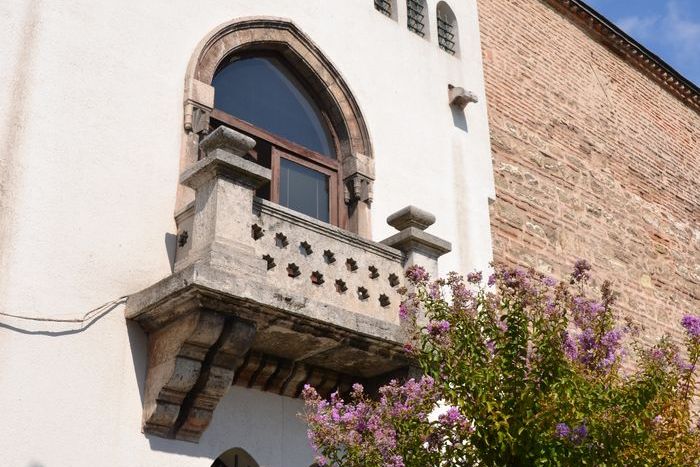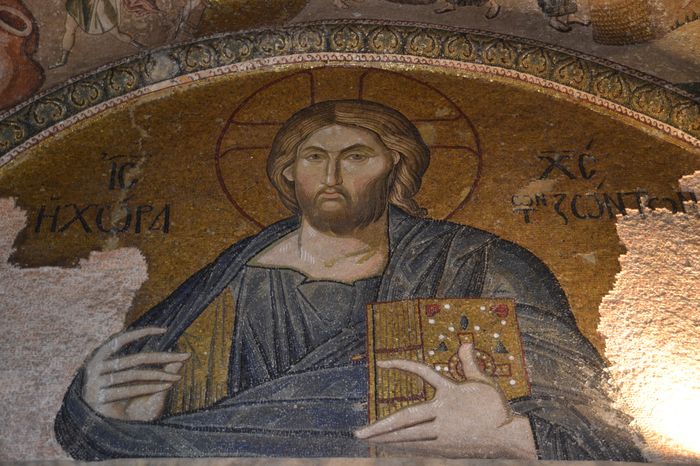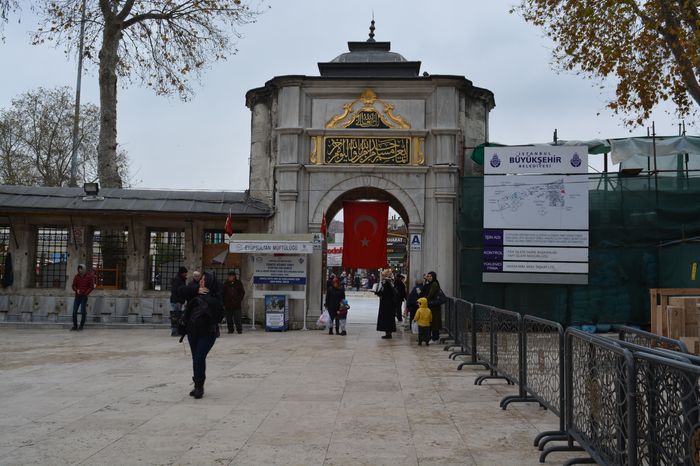Alexander’s Persian empire collapsed after his death and fell into pieces. The Seleucid kings who prevailed in the Asian provinces of Alexander’s empire, notional partners to the successor kings who took the name Ptolemy in Egypt and the similar Antigonids in the Aegean basin, proved unable to maintain even the traditional Persian pretensions and range, from Syria to Afghanistan, and were for centuries a limited and dwindling force on the world stage. The Seleucids prevailed for scarcely a century before beginning to give way to the Parthians, based in the Iranian uplands, who went on to dominate central Asia until the third century CE. Landlocked, turned in on itself, never seriously expansive in the west, this Parthia was a great success story in its own right, but the central fact of its existence was its geographic focus, far from the Mediterranean. And that is why the Roman empire could exist. It had no serious Persia to deal with.
The Mediterranean unity that Rome created was artificial, and the most artificial thing about it was that it could make the Mediterranean seem sufficient unto itself, and that Rome could build an empire, most of which lay within a few days’ march of that sea. The reasonable and natural course of ancient history would have wedded the Aegean to Asia, with the western Mediterranean left as the outlier. The Roman unity that emerged instead was artificial and destined to be sustainable only as long as there was no Persia to be dealt with—that is, as long as the Persians’ attention did not reach the Mediterranean guided tour istanbul.
Another moment of possibility slipped away when Caesar and then Antony found a base of operations in the Egypt of Cleopatra. History written by the victors has us all heave a sigh of relief when Augustus defeats Antony and Cleopatra at Actium, but their victory might have recentered the emerging emperor far enough east to make a difference. Antony, however, is unlikely to have had Augustus’s iron-willed staying power, and disintegration of the world of the Caesars could equally well have ensued.
Carrhae
Persia returned. It was not that Rome did not know Persia was there. The death of the triumvir Crassus and the devastating loss of his forces at Carrhae (Haran) in 53 BCE was a reminder of what was possible when Roman ambition overtook its limitations. Haran remained known, well into Islamic times, as the quintessential border city, preserving its traditional religious practices in the face of many generations of Christian and then Islamic attempts to suppress them. Ingenious reading of the Koran won an exemption for infidelity there based on the great antiquity of Ha- ran’s cults. Though the patriarch Abraham had supposedly lived there, none of the three communities that claimed his inheritance could also claim his town.
The arrival of the Sasanian dynasty in the third century in Iran and the gradual shift of its interest and energy westward into Mesopotamia and beyond began to send messages to Rome about a future that Rome never properly understood. In the second century the emperor Valerian was captured in battle on the eastern front, mocked, put to death, and then immortalized in a famous relief sculpture, larger than life-size, looming over Naqshe Rustam near Persepolis in southwest Iran. Valerian is shown in abject humiliation: he bows on bended knee at the foot of the triumphant Persian king Roman empire in Justinian’s stubby fingers.
A later Christian writer’s report that Valerian was skinned at his death and his skin stuffed with straw may take the story a little farther than necessary. Had Rome not been distracted by internal strife and disarray in those years, it might well have recognized the presence of a formidable foe. Of more importance than the misfortunes of one man were the Persians’ raids that laid low Carrhae and even Antioch on the Mediterranean coast, and their sporadic raids beyond into Asia Minor itself. From this period came reports of Persian “magi” (learned men of the Zoroastrian religion) living scattered through Cappadocia in Asia Minor, where the Christian bishop Basil would find them in the fourth century. In the late fifth century, the Persian emperor Peroz wrote to Constantinople to complain of oppressive tactics by the now Christian government, which forbade these pious people to keep alight the eternal flame that was the focus of their rituals.
Movement was slow and stability the rule. A century passed after Valerian before the Christian-hating emperor Julian, imagining himself a new Alexander, set out to invade Mesopotamia, against military and religious advice, with too few troops and no exit strategy. He fell in battle himself— a victim of deliberate “friendly fire,” some thought—not far from modern Baghdad. And then came another century, for part of which the Sasanians may have been distracted by invaders from the steppes to the northeast, from the direction of modern Kazakhstan.







